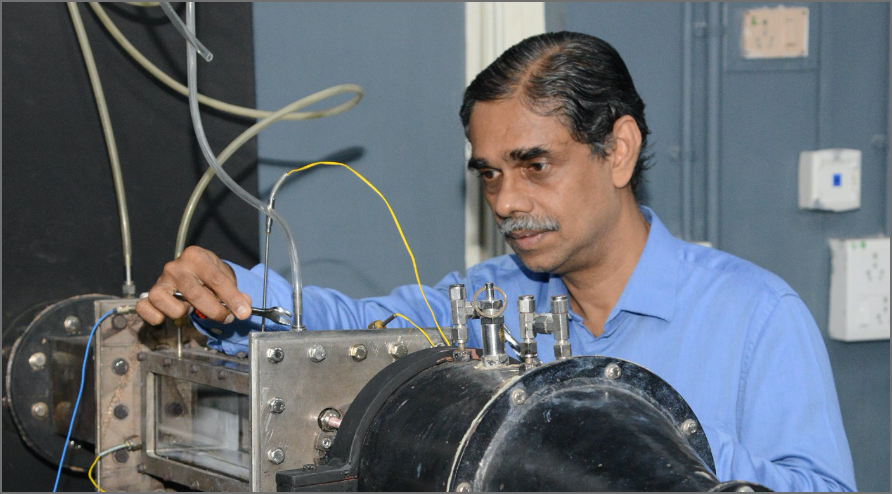A welcome mat
-
- from Shaastra :: vol 04 issue 03 :: Apr 2025

Microbial mats may throw light on the chances of life on other planets. Findings from an exciting new study.
Two researchers have found what may be a sure-shot way of looking for microbial life in extraterrestrial environments. Their mathematical study on reproduction and ecology — which, they stress, are key features of life — directly predicts a structure widely seen in other forms of life.
Microbial mats, a few millimetres or centimetres thick, consist of neatly segregated, vertical layers of different bacteria usually found in oceans, lakes, and coastal lagoons. These bacteria require varying amounts of sunlight and oxygen to survive and are often coloured green, red, orange, purple, and brown. Akshit Goyal, Simons Young Researcher at the International Centre for Theoretical Sciences, Tata Institute of Fundamental Research, Bengaluru, and Mikhail Tikhonov, Assistant Professor in the Department of Physics at Washington University in St Louis, suggest that these features in microbial mats are key to life found anywhere in the universe. Their study (go.nature.com/4c8Xbq2) may help astrobiologists hunt for these signatures in samples carried by present and future spacecraft to near-Earth asteroids.
When the Earth formed about 4.6 billion years ago, its atmosphere mostly consisted of nitrogen. Nitrogen still dominates the air, but oxygen makes up 21%. The change didn't happen gradually over the Earth's lifetime. Around 2.4 billion years ago, due to microbes called cyanobacteria in the Earth's ocean, the atmosphere was bombarded with oxygen for about 200 million years — a short burst of geological time. This bombardment caused changes in the climate and altered the course of life on the planet.
Cyanobacteria were the earliest to form oxygen photosynthesis, the process of using sunlight, water, and carbon dioxide to produce usable energy and output oxygen. They are now found across the globe in different environments because of their great ability to adapt: not just in soil, arid deserts, rocks and caves, Antarctica rocks, freshwater, and oceans, they also thrive in hot springs, where other forms of life find it difficult to survive. Some reside in stromatolites — layered, rock-like structures built of sediments trapped by cyanobacteria. They also dot the top layer of microbial mats.
Swanandee Nulkar, a microbiology researcher in the Department of Circular Economy at Brandenburgische Technische Universität Cottbus-Senftenberg, Germany, works with thin films of these bacteria. They get stuck to one another and are often found glued to a surface or floating on it. She says that although they look like Aladdin's carpet, the biofilms can be serious health hazards. They survive in hospital environments, on uncleaned toilet seats, and develop genetic resistance to antibiotics. They are "almost like single-celled organisms with a brain of their own", Nulkar says. The new study might have answers why.
PAST ISSUES - Free to Read


Have a
story idea?
Tell us.
Do you have a recent research paper or an idea for a science/technology-themed article that you'd like to tell us about?
GET IN TOUCH














